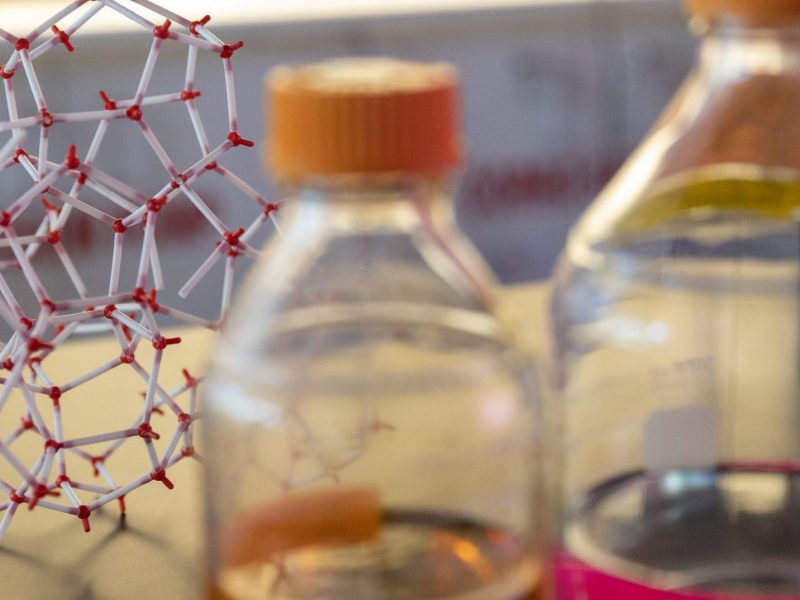Description
Individuals with muscle control disorders such as cerebral palsy frequently experience a downward trend of reduced physical activity and worsening of gait function leading to a permanent decline in ambulatory ability. Powered exoskeletons allow users to perform limb motion with additional external power to increase the user’s strength and endurance. This exoskeleton device combines active (actuated) and passive (spring-assisted) components to improve the performance of either component independently.
Additional information
Patent number and inventor
Patent pending
Zachary F. Lerner
Potential applications
This exoskeleton’s usage may include rehabilitation, assistance, and enhancement of a user’s capabilities to improve gait patterns and walking economy in individuals with neurological conditions.
Benefits and advantages
This device combines active battery-powered actuators with passive components that can be personally customized to each user’s preferences, needs, or body mass. The leaf spring can offload motor requirements to result in a lighter-weight exoskeleton design, save battery capacity, and/or increase battery life.
Case number and licensing status
2021-043
This invention is licensed.

